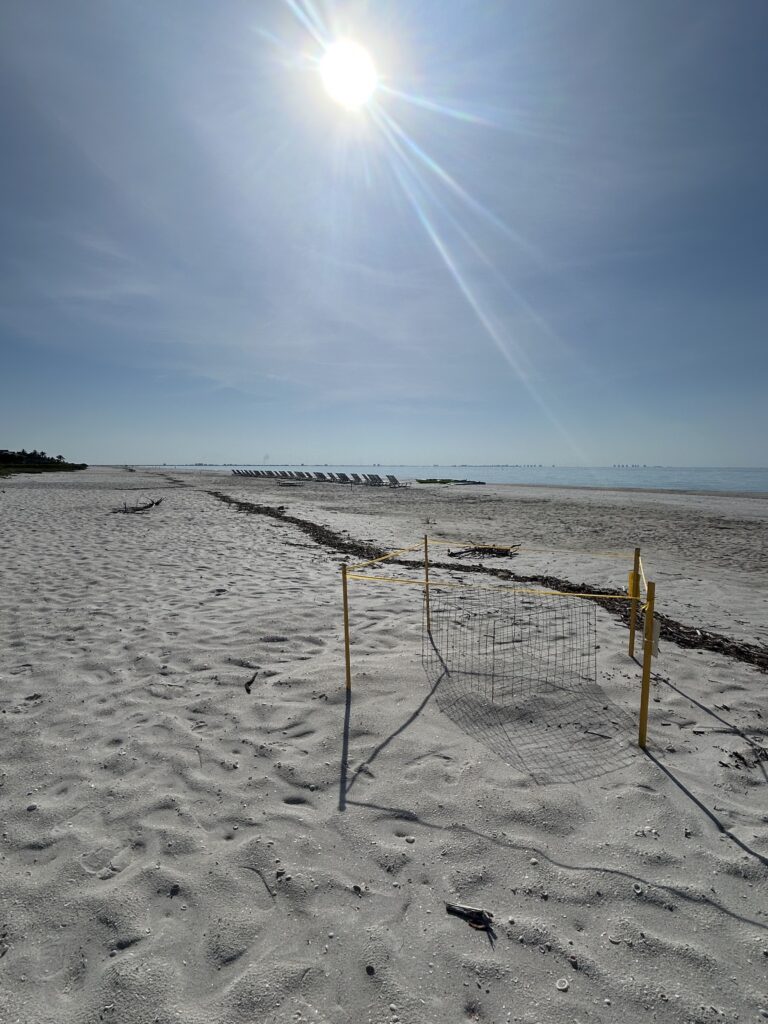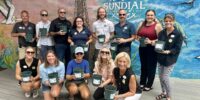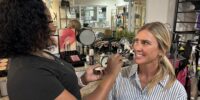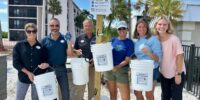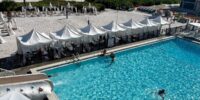Early Excitement: 2025 Sea Turtle Nesting Season at Sundial
We’re just over a month into the 2025 Sea Turtle Nesting Season, and Sundial is thrilled to announce that we are home to the second and third nests on Sanibel Island! Every year, we’re honored to host the nests of many mother turtles, but we don’t think we’ve ever welcomed them quite this early before.
Nest Locations & Details
Both nests are from loggerhead sea turtles and were laid earlier this month:
- Nest 2 is located near the K building
- Nest 3 is by the E building
If you’ve visited Sanibel between May and October, you may have spotted the distinctive nest markers that dot our beaches during this time.
Protecting the Nests
The Sanibel-Captiva Conservation Foundation (SCCF) and its dedicated volunteers conduct daily beach monitoring to:
- Identify and mark new nests
- Tag nesting turtles
- Record false crawls (when a turtle comes ashore but doesn’t lay eggs)
- Collect valuable data for conservation research
These efforts help protect sea turtle nests and provide critical insights into the health of our local sea turtle population.
Hatching Timeline
Once laid, sea turtle eggs typically hatch within 45–65 days. That means we might have Fourth of July hatchlings on the way — stay tuned!
Sundial’s Commitment: Adopt-a-Beach Program
This year, Sundial is proud to once again participate in the Adopt-a-Beach program through SCCF. This initiative supports:
- Nest marking and monitoring supplies
- Research and conservation efforts
- Equipment for volunteers
As a resort that benefits deeply from the natural beauty of Sanibel’s beaches, we see it as our responsibility to help preserve this vital ecosystem.
Tips from SCCF on maintaining a turtle-friendly beach:
- Turn off or shield all lights that are visible from the beach. Do not use flashlights or cell phone lights on the beach. If necessary, use amber or red LED bulbs.
- Do not disturb the screens covering nests. They prevent predators from eating eggs. Hatchlings can emerge through the holes without assistance.
- Remove all beach furniture and equipment from the beach at night.
- Dispose of fishing line properly to avoid wildlife entanglement.
- Fill in large holes that can trap hatchlings and nesting sea turtles.
- Do not disturb nesting turtles — please do not get too close, shine lights on, or take flash photos of nesting sea turtles.
- Properly dispose of trash. Litter left on the beach can attract predators and poses ingestion and entanglement risks for turtles.


